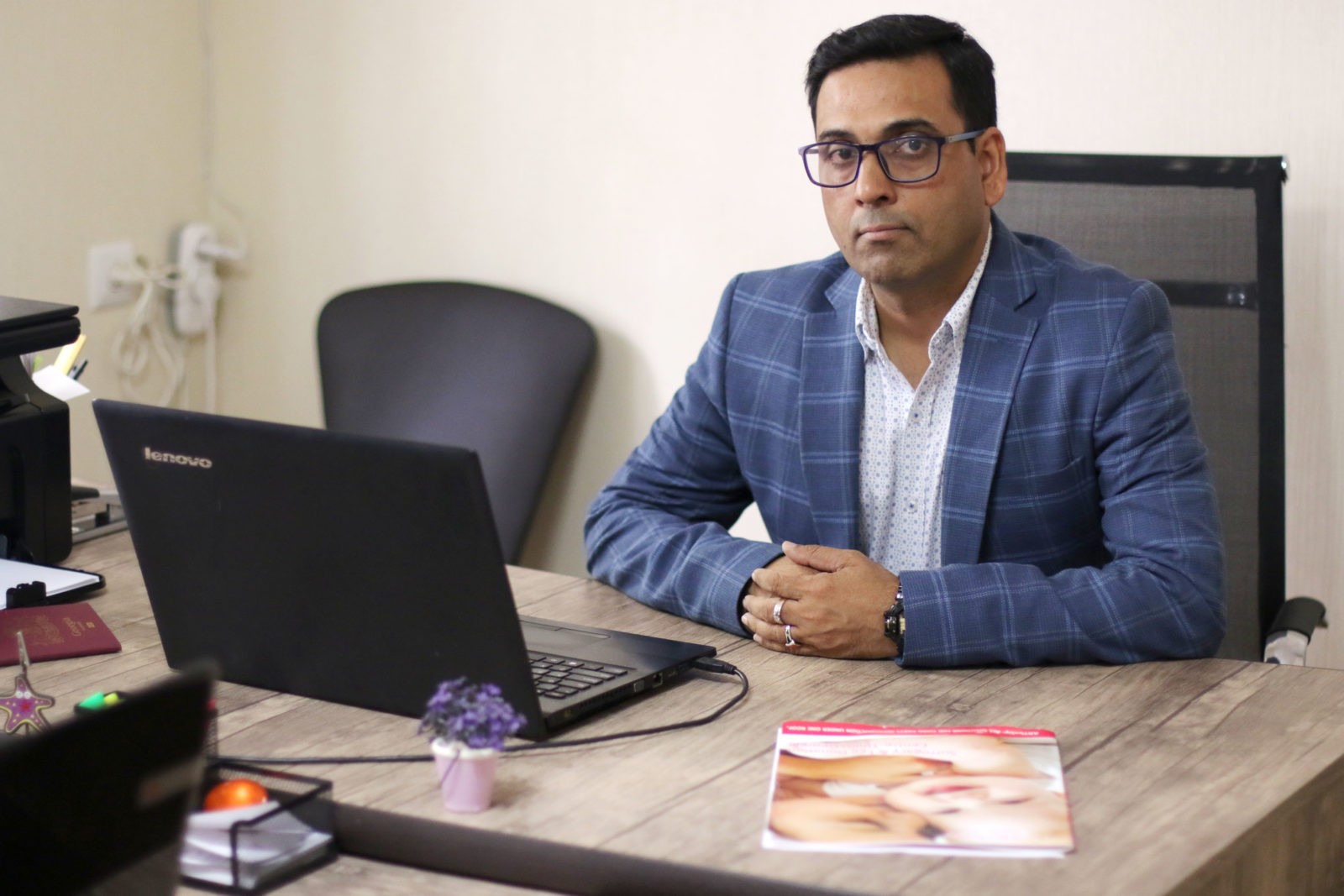 Surrogacy advancement is a continuous process and the path of advancements also faces lots of challenges. In the Bible, the concept of maternal surrogacy was documented, which indicates that the beginning of surrogacy is much older and traditional.
Surrogacy advancement is a continuous process and the path of advancements also faces lots of challenges. In the Bible, the concept of maternal surrogacy was documented, which indicates that the beginning of surrogacy is much older and traditional.
A series of innovative advancements in the field of maternal surrogacy were commencing from 1970 and gradually it turns to reproductive technology advancement by conceiving a baby through in vitro fertilization (IVF).
A steady advancement of assistive reproductive technologies provides the opportunity for shifting the traditional surrogacy to gestational.
In traditional surrogacy, the surrogate mother has a biological relationship with the delivered child. In this process, the sperm of the father or donor artificially inseminated into the surrogate mother’s womb for fertilization, and the fertilization process is carried out by using a surrogate mother’s ova.
In gestational surrogacy, the surrogate only carries the baby in their womb and completes the gestational phase, and delivers the child.
There is no scope of biological similarity between surrogates and delivered off-spring because the ova is collected from the intended mother or an egg donor.
In an IVF clinic, artificially finalized the ovum with the sperm of the intended father or donor and then implant the pre-embryo into the uterus of a gestational surrogate.
Commercial and altruist are two available options for opting for surrogacy. In commercial surrogacy, monetary involvement is primary to pursue the process further.
In this case, intended parents need to award the agreed amount of money to the surrogate.
Whereas, altruist surrogacy, the surrogate has a relationship with the intended parents, and no monetary involvement allowed.
A few years before, commercial surrogacy was a very much popular practice and spread across international borders.
Reproductive tourism started to improve the accessibility of reproductive technologies.
International surrogacy allows the client to visit different countries to connect with foreign surrogates to carry their baby and complete the gestational term by opting for paid services.
The commercial surrogacy market turned into a profitable business involving millions of dollars. But recently the legal authority of different countries realizes that the risk-management challenges involve commercial surrogacy and need strict regulation to resolve ethical issues.
The vulnerability is significant among women having a low socioeconomic background. The scope of exploitation become more because middle-income couples tried to negotiate an unfair agreement and utilize them as a surrogate by offering a low price.
In some cases, commercial surrogacy is continued without taking consent. All these phenomena seek legal interference.
Recently different countries including the USA, India ban commercial surrogacy. In New York, both traditional and gestational surrogacy contracts are prohibited, whether compensated or uncompensated.
Indian government passed a new Surrogacy Regulation Bill in 2016 to ban commercial surrogacy against the poor treatment of surrogates and exploitation. The Bill permits only altruistic surrogacy for infertile Indian couples.
Even European member states conducted a conference on 25-26 June 2018 in Cambridge to discuss the legal consequences that arise in the field of surrogacy arrangements and, reproductive tourism.

Ravi Sharma is a self-motivated, successful entrepreneur and has a solid experience in the fertility segment. and he is the director at ARTbaby Global (ARThealthcare). He is a pharmacy graduate with post-graduation in business administration and has 14 years of rich experience in the field of infertility segment. He loves to write about IVF, Surrogacy, and other ART (assisted reproductive technology) news, issues, and updates. He is a Pharmacy graduate (B. Pharm) and M.B.A (marketing).
His most recent success includes the successful launch of the medical tourism company, ARTbaby, which offers treatment options for infertility, egg donation, and surrogacy. He likes spending time with his family and writing about various aspects of IVF surrogacy and donating eggs.
